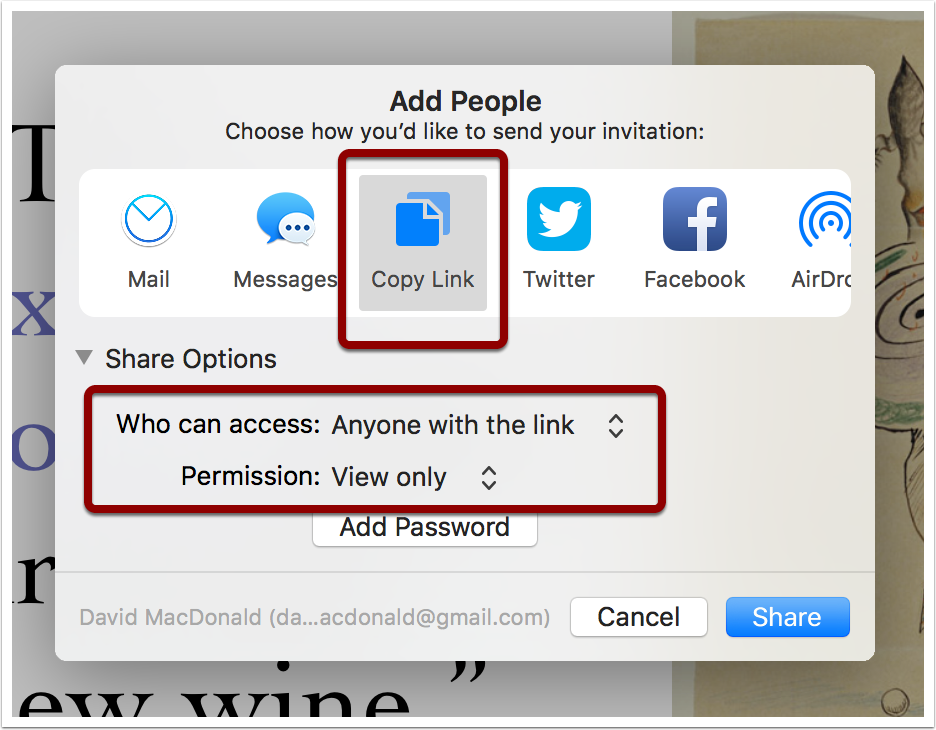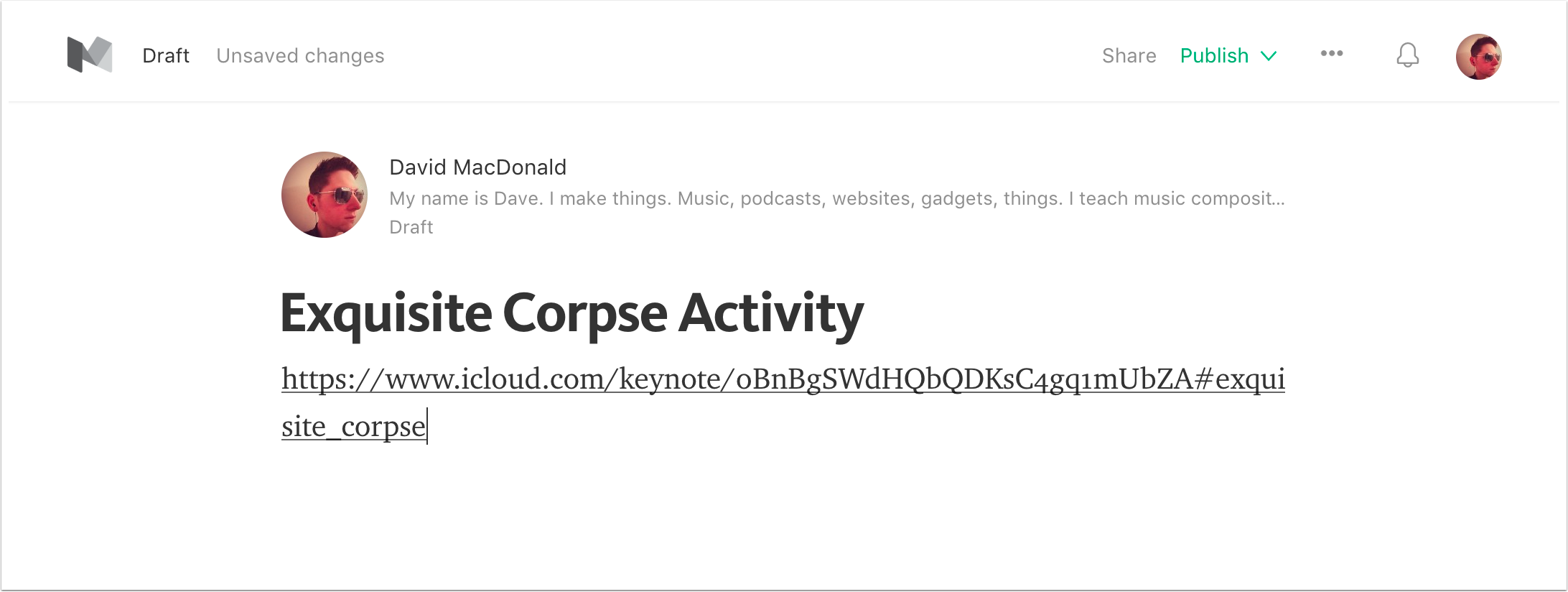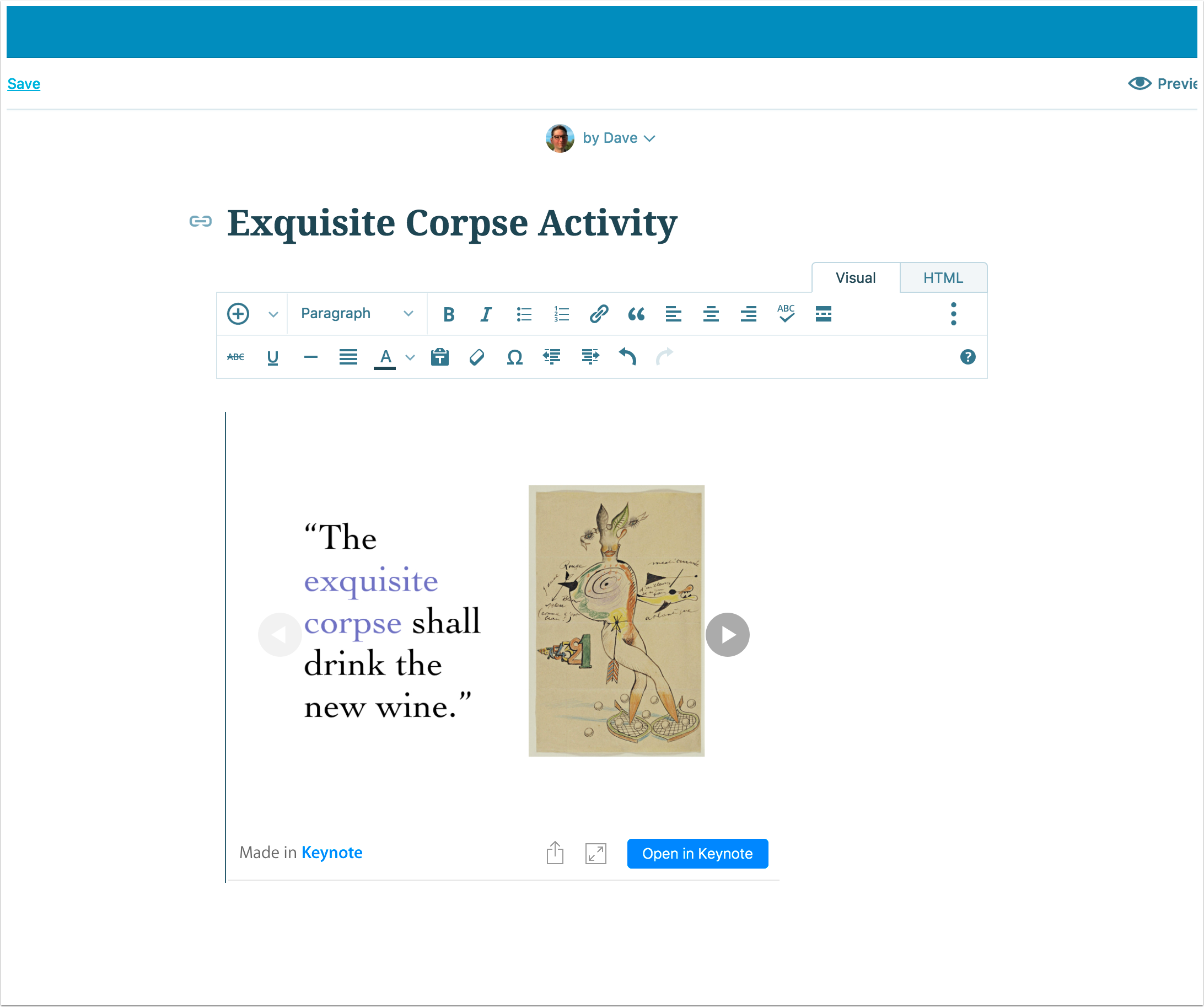Where possible, recordings are available in the Spotify playlist. Otherwise, there are links to listen elsewhere.
- Week 1
- Du Yun: A Cockroach’s Tarantella (2010) – Soundcloud
- Du Yun: an empty garlic (2014) – YouTube
- Week 2
- Ashley Fure: Bound to the Bow (2016) – score and recording
- Week 3
- Tristan Perich: Surface Image (2014)
- Week 4
- Olivier Messaien: Quatuor pour la fin du temps (Quartet for the End of Time, 1941)
- Week 5
- Steven Mackey: It Is Time (2010)
- Week 6
- Chen Yi: Tu (2008)
- Week 7
- Ken Ueno: On A Sufficient Condition For The Existence Of Most Specific Hypothesis (2008)
- Week 8
- Augusta Read Thomas: Jubilee (2010)
- Week 9
- Julia Wolfe: Dig Deep (1995)
- Week 10
- Andrew Norman: Play (2013)
- Week 11
- George Crumb: Vox Balaenae (Voice of the Whale, 1971)
- Week 12
- Luciano Berio: Sinfonia (1968)
- Week 13
- Jennifer Higdon: On A Wire (2010)
- Week 14/15 (Includes Thanksgiving break)
- Missy Mazzoli: Tooth and Nail (2011)





